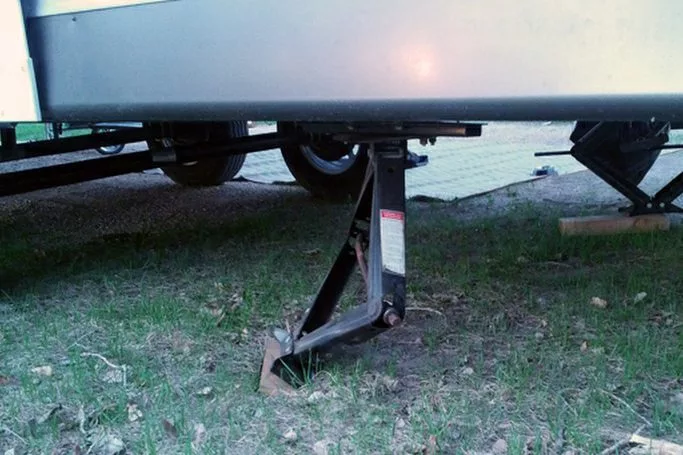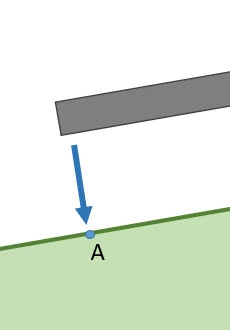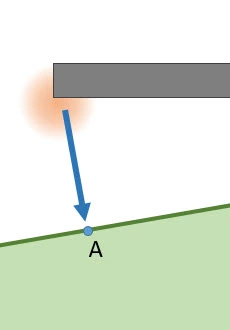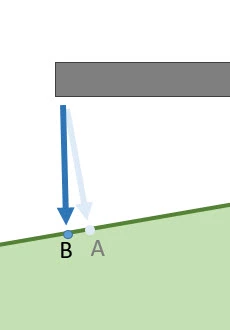We don't recommend that you weld scissor jacks directly to your trailer for a few reasons. First, scissor jacks just aren’t as strong as other options. While they are efficient at lifting heavy loads, they are also very susceptible to toppling. According to Napa, scissor jacks were designed for compactness and temporary use. This design is perfect for a car in need of a tire change, or even an RV where it will just be jacked up for the weekend, but it’s not a long-term solution. If fact, if you read through several car forums it’s not difficult to find stories of them collapsing. For this reason, you should not be getting under any vehicle or heavy load, including a tiny house, that is only supported by scissor jacks.

Second, having scissor jacks welded to the trailer doesn’t provide any flexibility as to where a jack can be used. For instance, if you locate your tiny house someplace where a scissor jack won’t work properly because of something in the terrain, there’s no way to relocate it without moving your house.
Third, if your house is not level and you extend a scissor jack, it’s going to make contact with the ground at a location that will not be 90 degrees to the trailer once it is leveled. This will exert a force on the weld which may cause it to prematurely fail. So to use the scissor jacks correctly, the trailer needs to be jacked up first (using an SUV or bottle jack), and then the scissor jacks lowered down into position.

On an unlevel surface, the jack is lowered and makes contact with the ground at point A

Once the trailer is brought up to level, the jack is no longer parallel to the trailer that it is welded to. This puts strain on the weld as well as makes the trailer more likely to topple off the jack.

The jack should instead make contact with the ground at point B. For this to happen, the trailer will need to be raised up with an external jack and then the scissor jack lowered down. Thus the convenience of having the scissor jack pre-attached is lost.
Finally, welded scissor jacks lower the ground clearance of your trailer. We’ve seen several instances of people losing their welded jacks when going over a larger speed bump or when driving up an incline to enter a gas station. This isn’t normally a problem on travel trailers as they are usually higher off the ground.
We prefer to use jack stands to level and stabilize our houses. They are stronger and more stable than scissor jacks, and a little more attractive. While we can weld scissor jacks to your trailer, considering the negatives and that they only save you from getting the scissor jacks out of your truck for the few times that you will be leveling your house, we don’t recommend them.